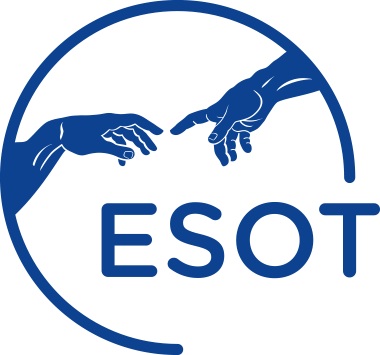- JOURNAL OF CLINICAL APHERESIS. 2021 Feb; 36(1):186-188.
- Abstract
- Pubmed Link
Extra-corporeal photopheresis (ECP) is known as safe ultimate treatment option for chronic lung allograft dysfunction (CLAD). Here, we report the first case of ECP as "second-line" immunomodulatory therapy early post-transplant in an adult patient undergoing lung transplantation for severe chronic thromboembolic pulmonary hypertension, complicated by impaired consciousness due to idiopathic hyperammonemia resulting in recurrent hypercapnic respiratory failure. ECP was initiated twice weekly on post-transplant day 25 and standard triple immunosuppression reduced. Within 2 weeks, the clinical status improved. ECP has been continued every 4 weeks after discharge. At 1 year post-transplant, ECP was stopped as maintenance immunosuppression was reached. We recommend to consider the immunomodulatory effect of ECP as "second line" immunomodulatory therapy in cases where standard immunosuppression causes severe collateral damage. ECP is able to assist prevention of allograft rejection in conjunction with reduced levels of standard immunosuppression, even in the early period following lung transplantation.
https://pubmed.ncbi.nlm.nih.gov/32838480
BACKGROUND:
There is no standard definition for “HLA incompatible” transplants. For the first time, we systematically assessed how HLA incompatibility was defined in contemporary peer-reviewed publications and its prognostic implication to transplant outcomes.
METHODS:
We combined 2 independent searches of MEDLINE, EMBASE, and the Cochrane Library from 2015 to 2019. Content-expert reviewers screened for original research on outcomes of HLA-incompatible transplants (defined as allele or molecular mismatch and solid-phase or cell-based assays). We ascertained the completeness of reporting on a predefined set of variables assessing HLA incompatibility, therapies, and outcomes. Given significant heterogeneity, we conducted narrative synthesis and assessed risk of bias in studies examining the association between death-censored graft failure and HLA incompatibility.
RESULTS:
Of 6656 screened articles, 163 evaluated transplant outcomes by HLA incompatibility. Most articles reported on cytotoxic/flow T-cell crossmatches (n = 98). Molecular genotypes were reported for selected loci at the allele-group level. Sixteen articles reported on epitope compatibility. Pretransplant donor-specific HLA antibodies were often considered (n = 143); yet there was heterogeneity in sample handling, assay procedure, and incomplete reporting on donor-specific HLA antibodies assignment. Induction (n = 129) and maintenance immunosuppression (n = 140) were frequently mentioned but less so rejection treatment (n = 72) and desensitization (n = 70). Studies assessing death-censored graft failure risk by HLA incompatibility were vulnerable to bias in the participant, predictor, and analysis domains.
CONCLUSIONS:
Optimization of transplant outcomes and personalized care depends on accurate HLA compatibility assessment. Reporting on a standard set of variables will help assess generalizability of research, allow knowledge synthesis, and facilitate international collaboration in clinical trials.


